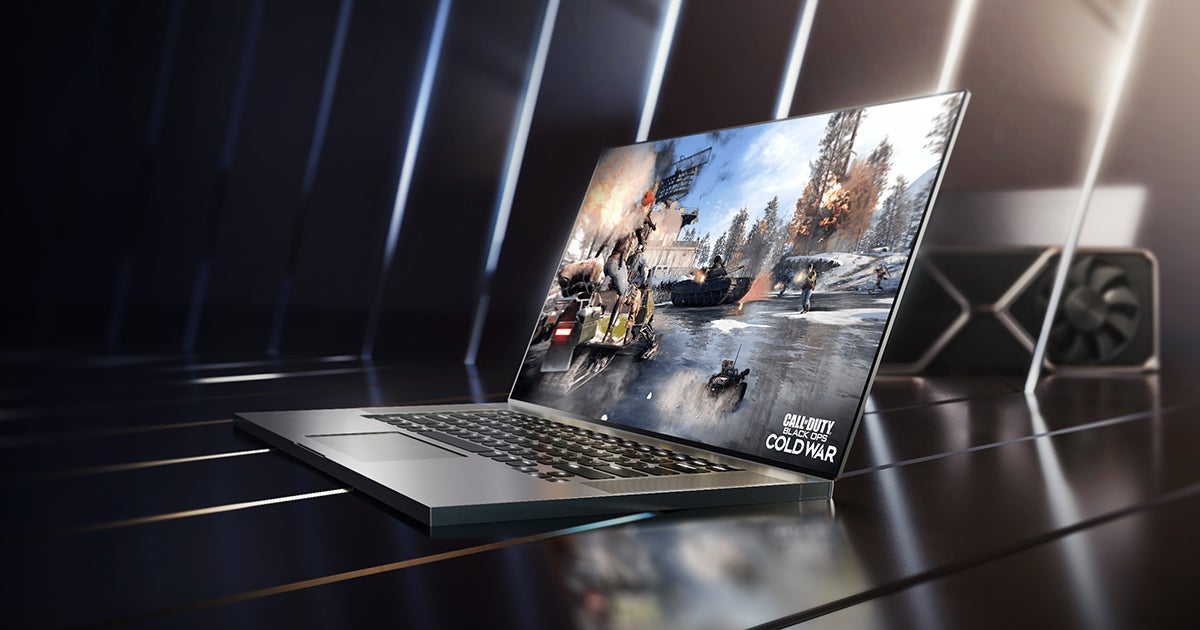
NVIDIA's $24 Billion Advantage Over Advanced Micro Devices
Advanced Micro Devices's (NASDAQ:AMD) new Radeon 6000 series graphics cards don't seem to be hurting rival NVIDIA (NASDAQ:NVDA). Shares of NVIDIA have outperformed both the NASDAQ Composite and AMD year to date. In fact, NVIDIA stock is up 6%, while AMD shares have fallen over 19% as of this writing.The GPU giant has continued to maintain its lead in graphics processing by spending far more on research and development (R&D) than AMD. NVIDIA has spent more than $24 billion on R&D over its history. But greater financial resources don't tell the whole story.NVIDIA's RTX 3050 gaming laptop. Image source: NVIDIA.NVIDIA's R&D budget is more than double AMD'sLast year, AMD spent $1.98 billion on R&D, an increase of 38% over the last two years. However, NVIDIA spent $3.92 billion, up 65% over the last two years. Still, AMD's new gaming chips have compared favorably with NVIDIA's RTX 30 series, especially on performance-per-watt efficiency. However, user benchmark tests still show NVIDIA's RTX 30 series GPUs beating AMD's Radeon chips on raw performance, excluding power consumption. In November, AMD launched its new gaming cards based on its RDNA 2 chip architecture. The Radeon 6000 series are the fastest graphics cards AMD has ever designed and represented "years of R&D focused on bringing the best of AMD Radeon graphics" to the gaming market, as corporate vice president Scott Herkelman said in a statement. AMD's computer and graphics segment, which includes sales of desktop gaming products, posted a revenue increase of 46% year over year in the fiscal 2021 first quarter -- the first full quarter of results for the Radeon 6000 series.NVIDIA won't report its fiscal first quarter earnings until May 26, but it got off to a faster start with the Ampere RTX 30 series that launched in September as the company posted a revenue increase of 67% in its gaming segment during the fiscal fourth quarter. Jon Peddie's most recent report showed NVIDIA increasing its market share in the add-in board market to 83% during the fourth quarter, while AMD slipped six percentage points to 17%.NVIDIA overtook AMD in R&D spending within the last decade, and the gap has continued to widen over the last few years. Still, AMD acknowledges there is more to NVIDIA's competitive advantage than financial resources.Data by YCharts.2.2 million developers use NVIDIA's CUDA softwareAMD is second in market share in x86 processors. Intel is its primary competitor in the CPU market, where AMD has been gaining market share in recent years. AMD also trails NVIDIA in supplying GPUs in the data center. Last year, NVIDIA generated $6.7 billion in revenue from sales of data center chips, which amounts to roughly two thirds of AMD's entire business. The data center segment is on track to eventually become NVIDIA's largest segment, overtaking gaming.In its annual report, AMD reveals a key advantage NVIDIA has in this market: "In the data center, our principal competitor is NVIDIA as the adoption of its proprietary CUDA software platform established its market share in high-performance computing and machine learning." NVIDIA introduced CUDA in 2006, which coincided with the period when NVIDIA started to pull ahead of AMD in market share. CUDA opened the door for NVIDIA to apply its GPU technology to the growing demands of high-performance computing, including self-driving cars and other AI-related applications.NVIDIA has a vast network of over 2.2 million developers around the world that use CUDA. This gives NVIDIA a major lift when launching new chip products, since it already has an extensive base of professional customers that use its software and hardware. As for gaming, NVIDIA claims it has an installed base of 140 million GeForce gaming GPUs. NVIDIA is pushing forwardIt's the close relationships that NVIDIA has with developers and gamers worldwide that explains why NVIDIA continues to lead AMD in the GPU market.The latter says the "growing complexity of graphics processors and the associated research and development costs represent a high and growing barrier to entry in this market." With its widening lead in R&D spending, this speaks more to NVIDIA's advantage than AMD's at this point.And NVIDIA continues to invest for the future. It recently announced its first data center CPU (Grace), which it plans to ship in 2023. It's also now supplying a cryptocurrency mining processor (CMP) to capitalize on the growing demand for alternative currencies. The ability to adapt to new market trends and introduce new products reflects NVIDIA's strong financial strength and why it should continue to drive growth for investors.
……Read full article on The Motley Fool
America
Comments
Leave a comment in Nestia App